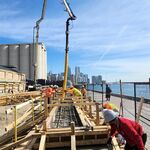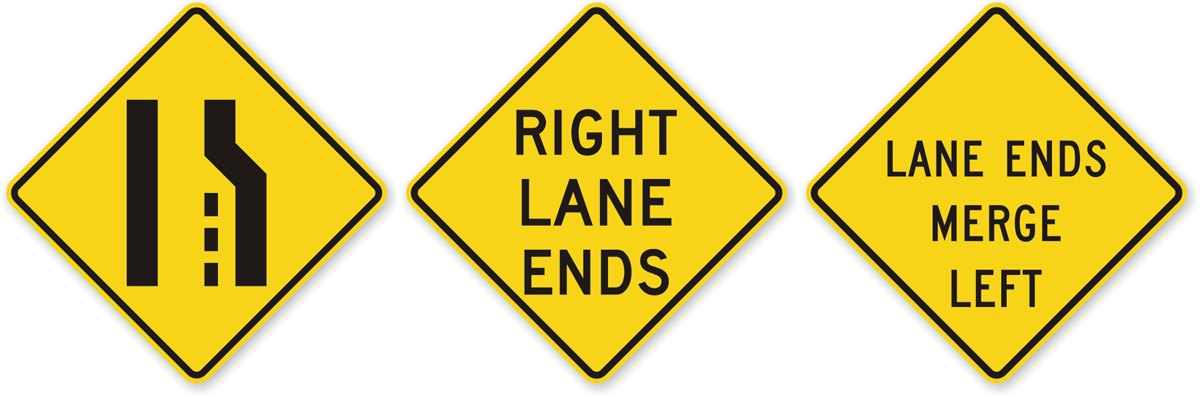narduch
Senior Member
is that true?
Muzzo got drunk and killed with a car.....10 years less time served plus a lifelong driving ban........Andrew Murray got drunk and killed with a gun.....9 years less time served.
I agree sentences should be tougher but those seem pretty similar to me.
Murray killed one person, Muzzo killed 4.





